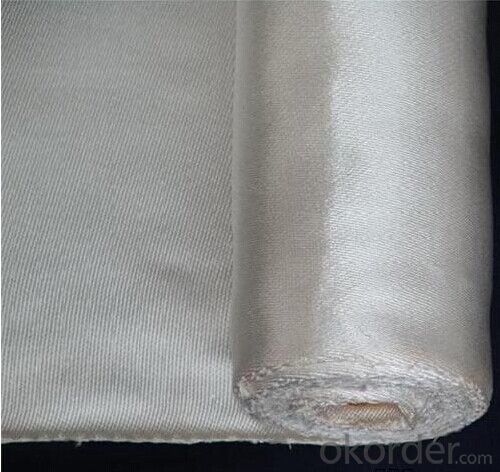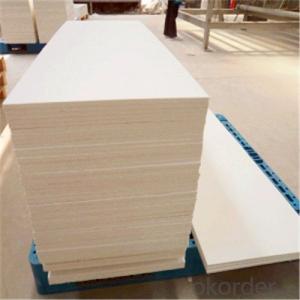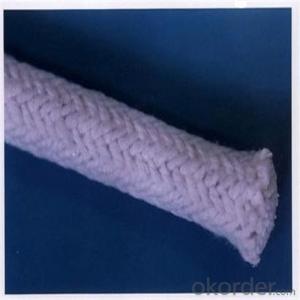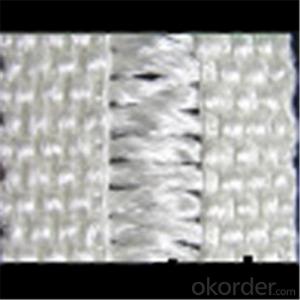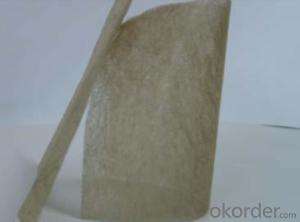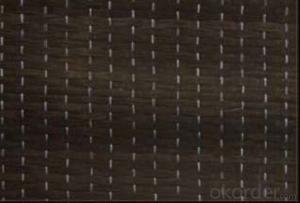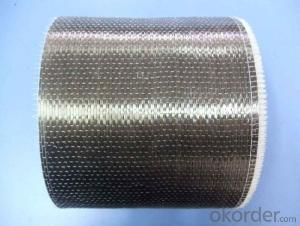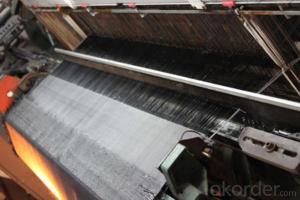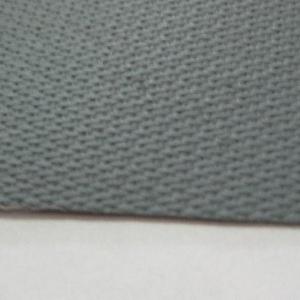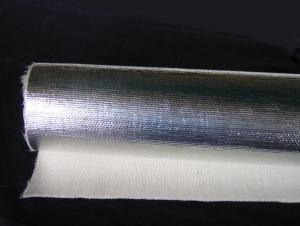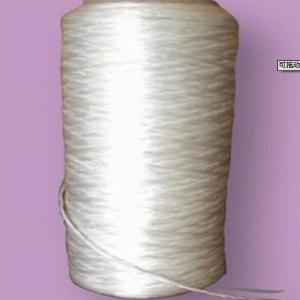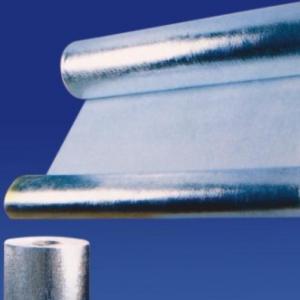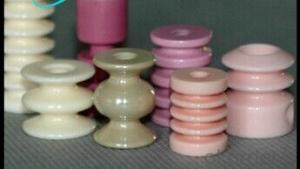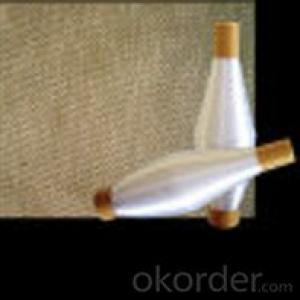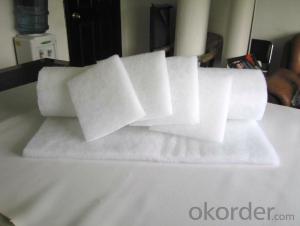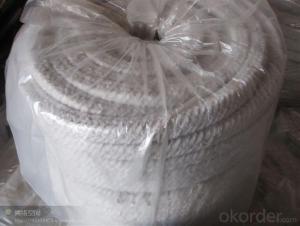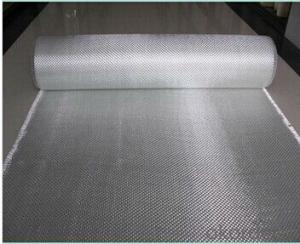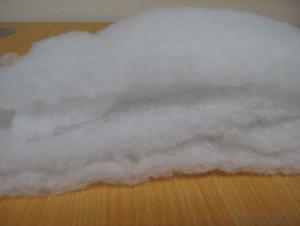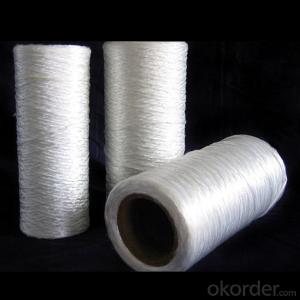Glass Fiber Textiles Alumina Coated Glass Fiber Fabric Product
- Loading Port:
- Qingdao
- Payment Terms:
- TT OR LC
- Min Order Qty:
- 500 m²
- Supply Capability:
- 3000 m²/month
OKorder Service Pledge
OKorder Financial Service
You Might Also Like
Alumina Coated Fiberglass Fabric is made of important fiberglass as the wearing material to plain knit or specially knit into superior fiberglass basic cloth,coat it with fine PTFE resin then make it into various of Teflon high temperature resistance cloth in different thickness and width .
Besides ,having the grate capability of antisepsis and heat resistant, the surface is more smoothly and it has better non-viscidity capability. It could be used in ordinary industry field, and has better predominance on being used as plastic module separating, and separating patch, gasket, separating module of some products.
PRODUCT FEATURES AND BENEFITS*
* stable dimension, high intensity, elongation coefficient less 5%
* good temperature resistance,24 hours working temperature -70~260oC
* low coefficient of friction and dielectric constant, good insulating ability
* non-stick, easy to clear stains and adhensive on the surface
* good chemical resistance, it can resist all most of chemical medicines, acids, alkalis and salt, it is fireproof, lower in aging.
*With excellent heat resistance, rub resistance, high insulation properties, high tensile strength, oil resistance, corrosion resistance, flame resistance, non-halogen properties
Model | Thickness (mm) | Color | Width (mm) | Normal Weight (g/m²) | Tensile strength (N/cm) | Peeling strength (N/25mm) | Heat resistance (℃) |
CT - TF008 | 0.08 |
Brown *White *Black *Beige
| 1250 | 150 | 180/140 | 6.5-9.5 | -60~260 |
CT-TF013 | 0.13 | 1250 | 260 | 290/260 | 6.5-9.5 | -60~260 | |
CT-TF015 | 0.15 | 1250 | 300 | 310/260 | 6.5-9.5 | -60~260 | |
CT-TF018 | 0.18 | 1250 | 330 | 400/260 | 6.5-9.5 | -60~260 | |
CT-TF025 | 0.25 | 2800 | 450 | 550/500 | 6.5-9.5 | -60~260 | |
CT-TF035 | 0.35 | 3200 | 700 | 650/600 | 6.5-9.5 | -60~260 | |
CT-TF040 | 0.40 | 3500 | 780 | 820/500 | 6.5-9.5 | -60~260 | |
CT-TF065 | 0.65 | 4000 | 1100 | 880/730 | 6.5-9.5 | -60~260 | |
CT-TF09 | 0.9 | 4000 | 1500 | 1050/950 | 6.5-9.5 | -60~260 |
- Q: Can glass fiber textiles be used in the production of protective clothing?
- Yes, glass fiber textiles can be used in the production of protective clothing. Glass fiber textiles have strong resistance to high temperatures, fire, and chemicals, making them suitable for protective clothing in industries such as firefighting, welding, and chemical handling. They provide excellent insulation and can offer protection against heat, flame, and hazardous substances, enhancing the safety of individuals wearing such clothing.
- Q: Are glass fiber textiles suitable for outdoor use?
- Yes, glass fiber textiles are suitable for outdoor use. They are highly durable, resistant to extreme weather conditions, and have excellent resistance to UV radiation, making them a reliable choice for outdoor applications such as awnings, outdoor furniture, and protective covers.
- Q: How do glass fiber textiles perform in terms of breathability in footwear?
- Footwear that incorporates glass fiber textiles can have varying levels of breathability. Generally, these textiles have excellent moisture-wicking properties, effectively removing sweat from the foot and keeping it dry. This helps maintain a comfortable foot environment and reduces the likelihood of foot odor or fungal infections. However, glass fiber textiles are not as breathable as natural fibers like cotton or linen. They do not allow as much air to pass through, which can limit airflow within the footwear. This can result in a slightly less breathable environment for the foot, especially in warm or humid conditions. Nevertheless, manufacturers often combine glass fiber textiles with other materials in footwear to improve breathability. For example, they may incorporate mesh panels or perforations alongside the glass fiber textiles to enhance air circulation and ventilation. Additionally, technologies such as moisture-wicking linings or specialized coatings can further enhance breathability in footwear that utilizes glass fiber textiles. Ultimately, the breathability of glass fiber textiles in footwear depends on several factors, including the footwear's specific construction, design features, and overall materials. When choosing footwear with glass fiber textiles, it is advisable to consider the intended use and climate conditions to ensure optimal breathability and comfort.
- Q: Can glass fiber textiles be used for making electrical insulation materials?
- Glass fiber textiles are indeed capable of being utilized for the production of electrical insulation materials. Renowned for their exceptional electrical insulating characteristics, these textiles are highly favored within the electrical industry. Their notable dielectric strength enables them to withstand high voltages without sustaining damage or facilitating the conduction of electricity. Furthermore, glass fiber textiles possess low thermal conductivity, thereby aiding in the prevention of heat transfer and the preservation of insulation integrity. They also exhibit resistance to chemicals, moisture, and flame, rendering them suitable for a wide range of electrical applications. Ultimately, glass fiber textiles serve as a dependable and efficient option for the creation of electrical insulation materials.
- Q: Can glass fiber textiles be used in optical fibers?
- Yes, glass fiber textiles can be used in optical fibers. Glass fiber textiles provide the raw material for manufacturing optical fibers, which are used for transmitting and receiving optical signals in various industries, including telecommunications and data communications.
- Q: What is the cost of glass fiber textile?
- Glass fiber textiles can have varying costs, which are influenced by factors like the type of glass fiber utilized, the fabric's weight or density, the manufacturing process, and the supplier or brand. Typically, a range of prices exists for these textiles, catering to diverse budgets and requirements. To obtain precise pricing information tailored to your needs, it is advisable to directly reach out to suppliers or manufacturers.
- Q: Can glass fiber textile be used in insulation?
- Yes, glass fiber textile can be used in insulation. Glass fibers are known for their excellent thermal insulation properties, as they have low thermal conductivity and high resistance to heat transfer. Glass fiber textiles are commonly used in various forms of insulation, such as blankets, batts, and boards, to provide effective thermal insulation in buildings, industrial equipment, and pipelines. The fibers are woven or bonded together to form a textile material, which is then used to trap air pockets and minimize heat flow. Additionally, glass fiber textiles are lightweight, flexible, and resistant to moisture, making them an ideal choice for insulation applications.
- Q: Are glass fiber textiles resistant to wear or abrasion from friction?
- Glass fiber textiles, in general, exhibit resistance to wear and abrasion caused by friction. The renowned high tensile strength and durability of glass fibers contribute to their exceptional resistance against abrasion. By tightly weaving or knitting the fibers, a robust and dense fabric is formed, capable of enduring repeated rubbing or friction without displaying any indications of wear. Furthermore, manufacturers often apply protective coatings or finishes to glass fiber textiles, enhancing their wear resistance, and guaranteeing their long-lasting and enduring performance in diverse applications.
- Q: How do glass fiber textiles perform in terms of impact resistance?
- Glass fiber textiles have excellent impact resistance properties. Due to the inherent strength and rigidity of glass fibers, textiles made from them are able to withstand high impact forces without breaking or deforming. This makes them highly suitable for applications where impact resistance is crucial, such as in automotive parts, protective gear, and construction materials.
- Q: Can glass fiber textiles be used in aircraft interiors?
- Yes, glass fiber textiles can be used in aircraft interiors. Glass fiber textiles are known for their excellent strength-to-weight ratio, making them suitable for various applications in the aerospace industry. In aircraft interiors, glass fiber textiles can be used for upholstery, seat covers, curtains, and carpets. They offer several advantages, such as fire resistance, durability, and ease of maintenance. Additionally, glass fiber textiles can be woven into different patterns and designs, allowing for customization and aesthetic appeal in the aircraft cabin.
Send your message to us
Glass Fiber Textiles Alumina Coated Glass Fiber Fabric Product
- Loading Port:
- Qingdao
- Payment Terms:
- TT OR LC
- Min Order Qty:
- 500 m²
- Supply Capability:
- 3000 m²/month
OKorder Service Pledge
OKorder Financial Service
Similar products
Hot products
Hot Searches
Related keywords

